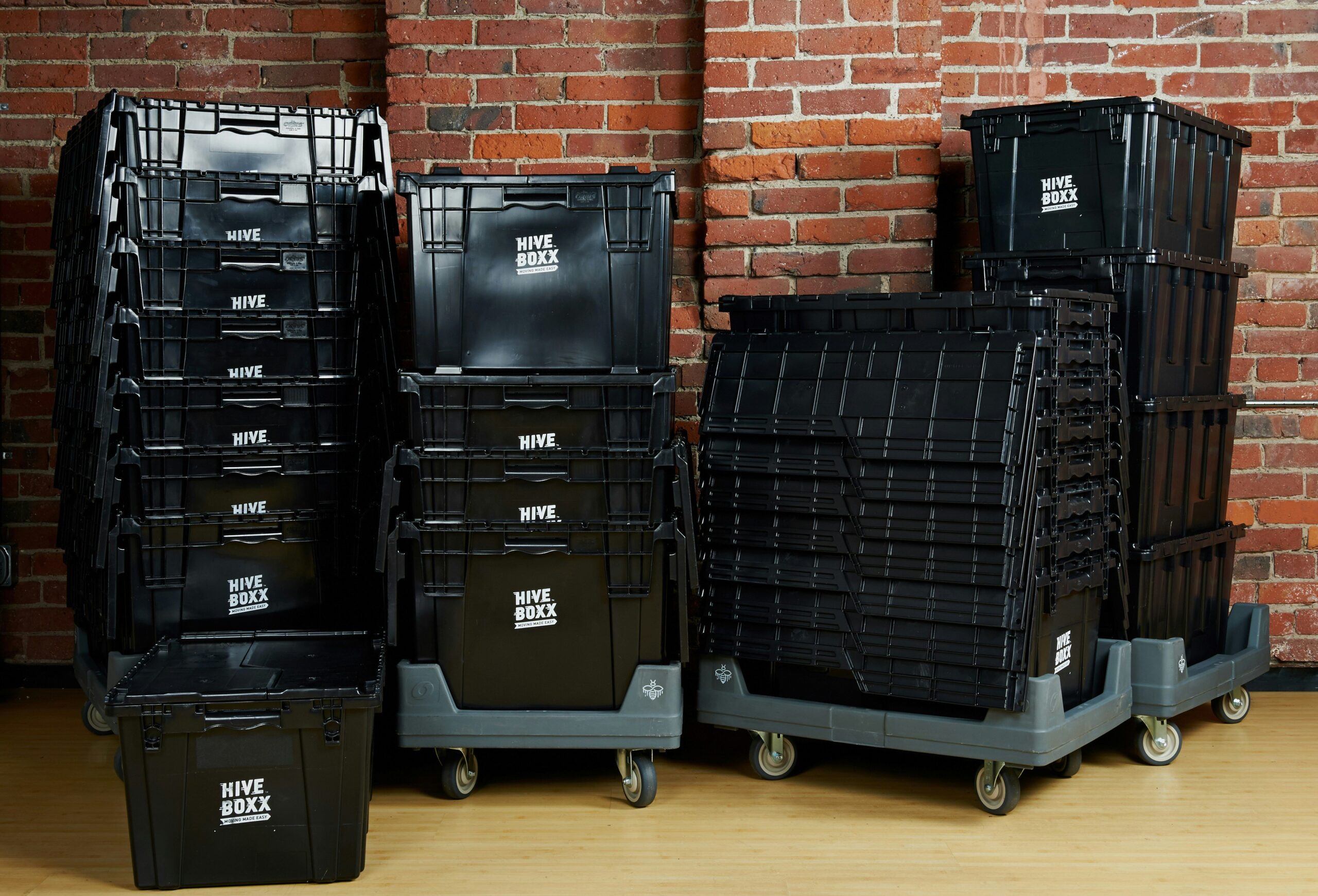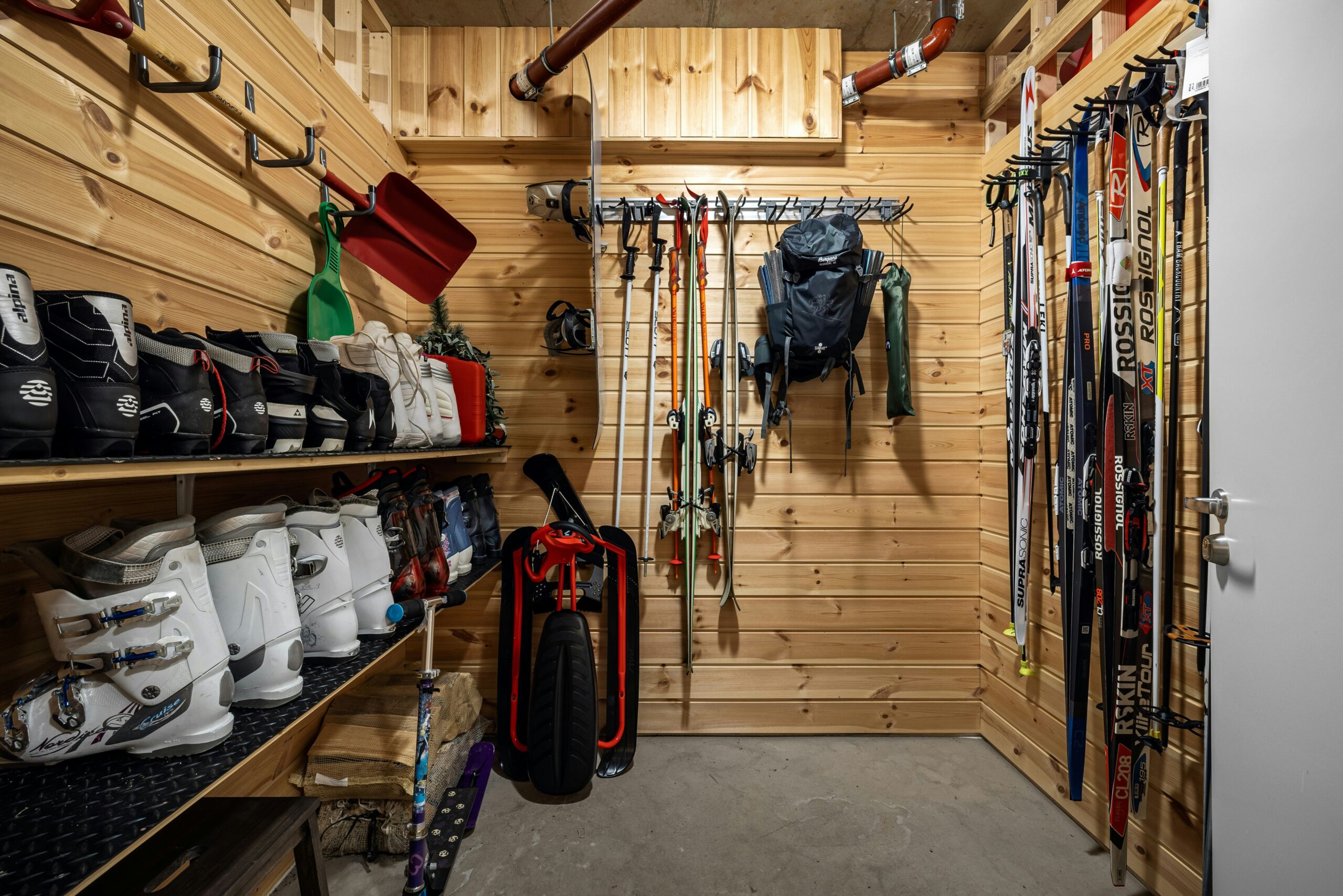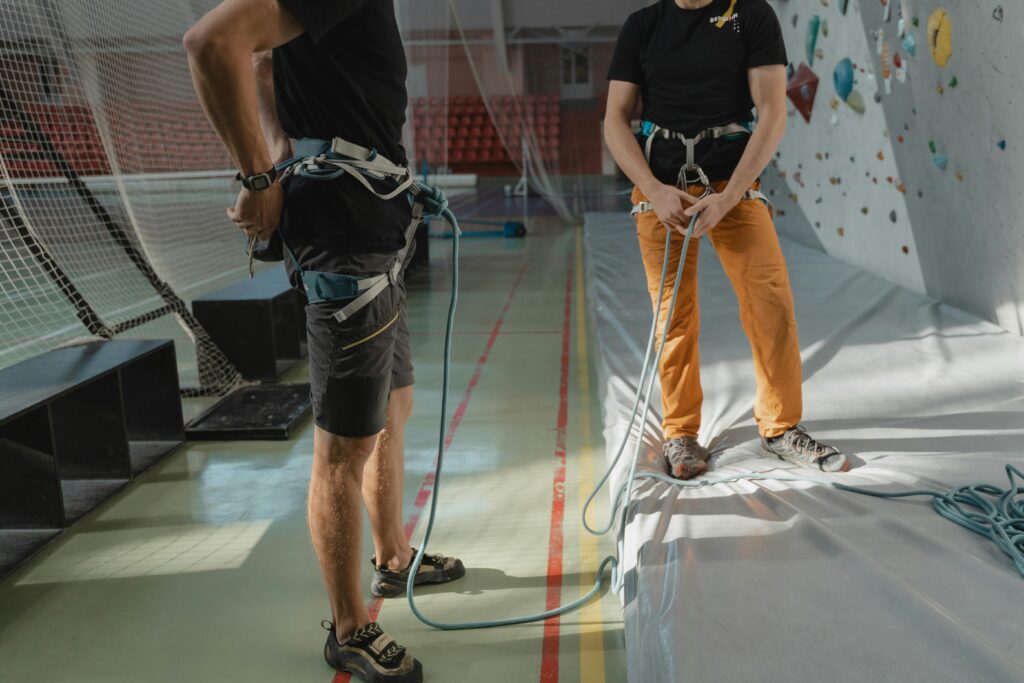Ever spent hours untangling a climbing rope that looked like it survived an earthquake? Yeah, us too. As climbers, we know all too well how gnarly rope management can ruin what should be an epic day on the crag. Not only is tangled gear frustrating, but improper storage also compromises your climbing belay devices and safety. Today’s post dives into “Rope Storage Solutions” so you can streamline your kit and focus on the climb.
In this guide, you’ll discover:
- The silent killer of climbing gear (spoiler: it’s bad rope storage).
- A step-by-step guide to organizing ropes safely.
- Tips, tricks, and tools every climber needs in their arsenal.
Table of Contents
- Why Rope Tangles Are More Than Just Annoying
- How to Store Ropes Properly: A Step-by-Step Guide
- Top Tips for Perfect Rope Management
- Climbers Who Nailed It: Real-Life Success Stories
- Frequently Asked Questions About Rope Storage
Key Takeaways
- Bad rope storage shortens its lifespan and affects performance.
- Simple steps like coiling correctly go a long way.
- Specialized bags and racks make life easier for both casual climbers and pros.
Why Rope Tangles Are More Than Just Annoying: The Silent Killer of Climbing Gear

Let me confess something embarrassing. Early in my climbing career, I once left my rope bunched up in the trunk of my car after a rainy climb. When I returned weeks later, I found mold AND frayed strands—talk about rookie moves. That mistake cost me $200 in new gear.
Rope tangles aren’t just inconvenient—they’re dangerous. Friction from knots weakens fibers, while exposure to dirt, moisture, or UV rays accelerates wear and tear. Worst-case scenario? Your rope snaps mid-climb. No thanks.
How to Store Ropes Properly: A Step-by-Step Guide
Optimist You: “This sounds doable!”
Grumpy Me: “Sure, if you have patience…and coffee.”
Step 1: Coil Your Rope Correctly

Climbing ropes don’t coil themselves. Start at one end and create consistent loops around your arm until the entire length is manageable. For extra credit, use the butterfly method—a lifesaver for longer ropes!
Step 2: Use a Rope Bag or Bin
A dedicated rope bag isn’t just fancy—it protects against dust, mud, and sharp objects. Pro tip: Choose models with padded compartments specifically designed for climbing belay devices.
Step 3: Keep It Dry and Cool
Moisture is public enemy number one. Always store your rope indoors where humidity levels are low. Avoid direct sunlight; prolonged UV exposure breaks down synthetic fibers faster than you’d think.
Step 4: Inspect Regularly
Before and after each trip, run your fingers along the rope to check for soft spots, cuts, or abrasions. Prevention saves lives—and wallets.
Top Tips for Perfect Rope Management
| Tactic | Benefits |
|---|---|
| Coil using the butterfly technique | Prevents twisting and tangling during transport |
| Invest in a quality rope bag | Protects against debris and keeps everything organized |
| Hang ropes vertically when possible | Reduces kinks and ensures even weight distribution |
Note: Here’s a terrible tip I’ve heard before: “Just toss your rope over your shoulder—it’ll straighten out eventually.” Uh, no. Treat your rope with respect or prepare for disaster.
Climbers Who Nailed It: Real-Life Success Stories

Meet Sarah, a seasoned mountaineer who swears by her rope management system. She uses labeled bins stacked neatly in her garage, keeping different lengths separated. Her secret weapon? Color-coded tags to match each rope to its corresponding climbing belay device. Her climbs are smoother now, and her ropes last twice as long!
Another success story comes from Jake, who adopted a collapsible rope rack. Initially skeptical, he quickly realized how much space he saved compared to bulky traditional racks. His advice? “Start small and scale up based on your needs.”
Frequently Asked Questions About Rope Storage
Q: Can I wash my climbing rope?
Yes, but carefully! Use lukewarm water and mild soap, then air-dry away from sunlight. Never put it in the washing machine.
Q: How often should I replace my rope?
Every 2–5 years depending on usage, frequency of falls caught, and environmental factors. Regular inspections help determine replacement timing.
Q: Do climbing ropes need special hangers?
No, but avoid metal hooks that might scratch or pinch the rope. Wooden dowels or padded hangers work best.
Conclusion
Proper rope storage isn’t rocket science—but it does require attention to detail. By following these tips and investing in reliable tools, you’ll keep your climbing belay devices functioning optimally while ensuring safer ascents. Remember: Happy rope = happy climber!
Final reminder: If someone tells you to skip rope maintenance because “you’ll figure it out,” grab your chalk bag and walk away slowly.
And hey, like a Tamagotchi from the ’90s, your gear thrives with daily TLC. So give it some love.


